The Journey Home
A Roadmap to Ending Youth Homelessness
The Issue
In the United States
Approximately 4.2 million young people experience a form of homelessness each year. On a single night in 2023, more than 34,700 unaccompanied people under the age of 25 experienced homelessness on their own as “youth.” Nearly four in ten of them were unsheltered. Black and Latino youth are are 83% and 33% more likely to experience homelessness than white youth, and LGBTQ+ youth are 120% more likely to experience homelessness.
Source: U.S. Department of Housing and Urban Development

In Canada
In Canada
6,000 youth are experiencing homelessness every night. Indigenous people comprise just 4% of the national population, but they represent more than 30% of all young people experiencing homelessness in Canada. Young people of color make up about 19% of the Canadian population but comprise more than 28% of all youth facing homelessness.
Source: A Way Home Canada

In Latin America
In Latin America
From 2002-2022, the number of unaccompanied children referred to the Office of Refugee Resettlement jumped from 13,625 to 128,904.
Source: US Border and Customs Protection
In 2020, 73% of detected survivors of trafficking in Central America were minors, 71% were for sexual exploitation and 21% for labor.
Source: United Nations
4.1 million children in Mexico and Central America will need humanitarian assistance in 2024, including children on the move and in communities affected by violence, displacement, food insecurity, malnutrition and climate-related disasters.
Source: UNICEF
Indigenous and Afro-Latino communities have historically had limited access to economic advancement as well as to elite spaces, leadership, elected positions, and political decision-making. Afrodescendents in Latin America are 2.5 times as likely to live in chronic poverty compared to white and mestizo people.
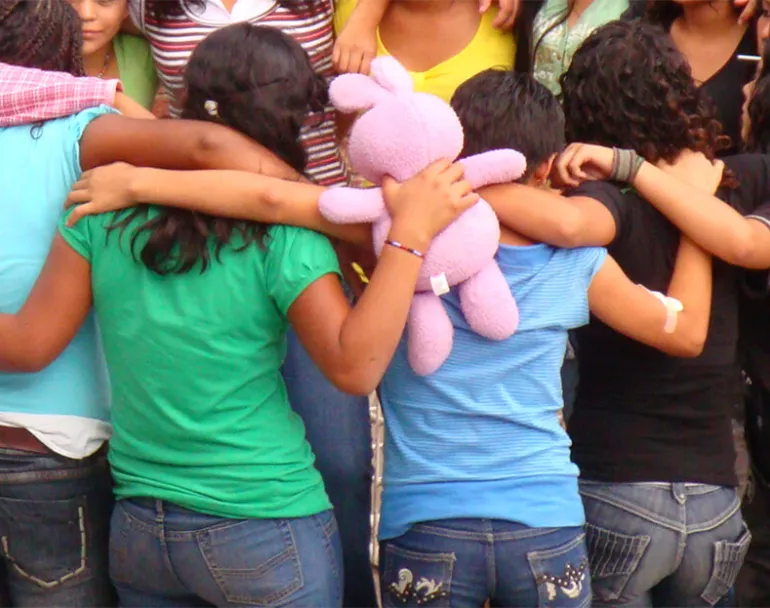
Defining Youth Homelessness
Youth in unstable and unsafe housing are on a trajectory to increased trauma, instability, and are exposed to greater recurrences of being unhoused.
Sharing an accurate picture of homelessness, especially in our Latin American sites, is challenging due to the varying definitions of homelessness across our continuum and the difficulty of counting individuals. Census data is based on household and considers those living in shelters and receiving government aid, but researchers struggle to count those who reside in structures not intended for housing, couch surf, and/or relocate frequently.
We must accurately define and effectively count young people experiencing homelessness, so that we can appropriately resource those in need.
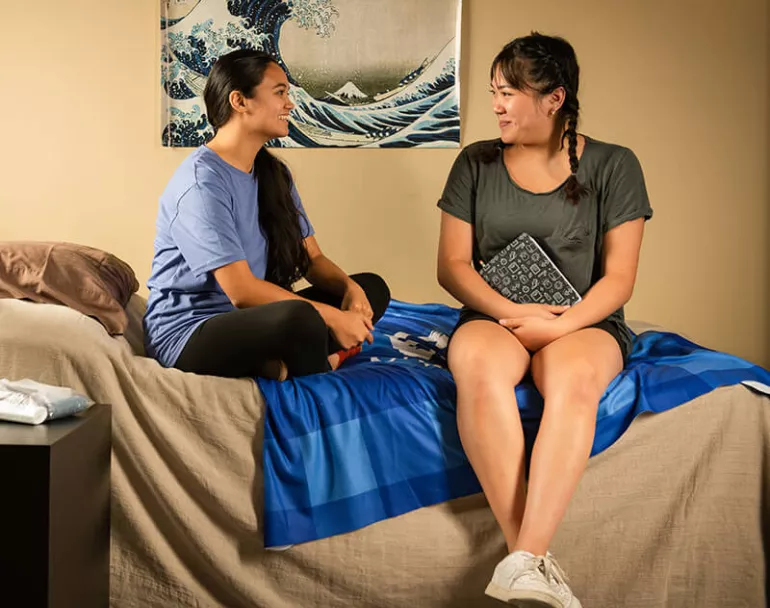
The Impact of Covenant House
Covenant House builds a bridge to hope for young people facing homelessness and survivors of human trafficking through unconditional love, absolute respect, and relentless support. Our doors are open 24/7 in cities across the United States, Canada, Guatemala, Honduras, and Mexico. Our strengths-based programs are designed to empower young people to rise and overcome adversity, today and in the future.
Each year, millions of young people across the countries where Covenant House operates programs face a period of homelessness. Our services and programs help youth overcome the harsh experience of being unhoused.

1972
Since its inception in 1972, Covenant House has served more than 1.5 million young people experiencing homelessness with a warm bed, food, health and wellness services, a case manager and the most powerful piece of all - unconditional love and absolute respect, across 34 cities in five countries.

2023
In 2023 alone, we reached nearly 58,000 young people and provided 790,000 nights of safe housing.

Our North Star
As Covenant House looks to the next 50 years, we must ask ourselves, what do we hope to see for future generations of young people?
Do we seek to create a world where no youth will experience homelessness?
Our North Star is ending youth homelessness as we know it today.
To do so, we must ask ourselves:

What conditions must be created in communities across the world to end youth homelessness?

What role should Covenant House assume to bring this desired future state to life?
What We Learned
The Voices of Covenant House
Randi
Staff, CH Alaska
“Even before most young people end up on our doorstep to access our emergency shelter, we have a team of people that is going through all the known places they can think of within the city — camps and such — to talk to the young people and make sure they’re aware of our services.”

Bill
Bill
President & CEO, CHI
“We need to change laws, policies, and practices that lead to youth and young families becoming homeless in the first place. This act will make an impact so that our youth, who work so hard overcoming homelessness and pursuing their dreams, can have places where they can actually afford to live. We have a lot of important work ahead of us.”

Julissa
Julissa
Alum
“I had goals when I arrived but I didn't know how I would achieve them. Suddenly I had a whole team to support me. They allowed me to reach where I am now, independent.”

Candida
Candida
CEO, CH Honduras
“To see that kind of commitment on the part of our people, it’s above and beyond. The children see that we are really there for them.”

Statement of the Opportunity
The Journey Home: A Roadmap to Ending Youth Homelessness
Covenant House is expanding our footprint as the recognized thought leader and convener in the field of youth homelessness.
Through building an advocacy platform, a community impact model that promotes education and awareness, and a pathway to a continuum of affordable housing, aftercare, and healing supports, we have an opportunity to end youth homelessness for future generations.
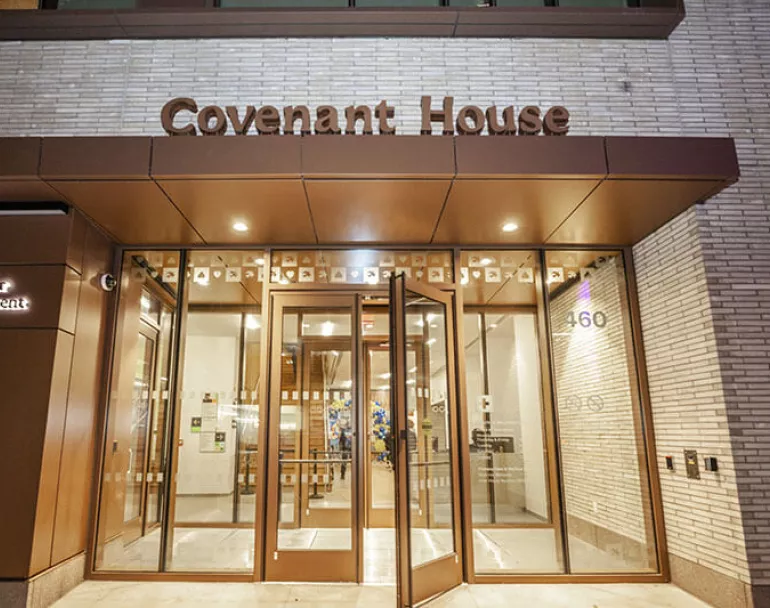
Our Desired Future State

title1
A collective mindset around ending youth homelessness and active engagement as a federation.
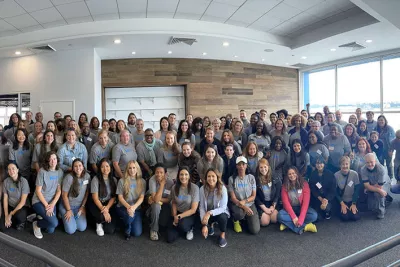
title2
Recognition as a national and international leader/thought partner.
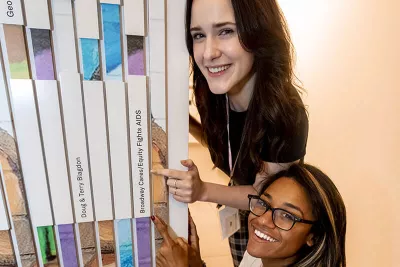
title3
A funding environment that is not just based on crisis needs, but the opportunity to make meaningful change.

title4
Lifting up the voice of those with lived experience.

title5
Increased trauma-informed and healing practice throughout.

title6
A collective impact model around the homeless continuum.
Stay Informed, Sign up for Email Updates and News
Covenant House Will Focus on Three Pathways to Ending Youth Homelessness.
The pathways support a continuum that promotes strong practice, an informed workforce, and the power of community and cross-sector engagement.

PATHWAY 1: PREVENTION
Creating the conditions necessary to mitigate homelessness and further involvement into social serving systems.

Advocacy
Advocacy to change laws and practices that are leading to youth homelessness and support expanded affordable housing options for young people.

Community Education
Community education to raise awareness about the causes, signs, and resources for youth at-risk of homelessness and trafficking in the communities we serve.
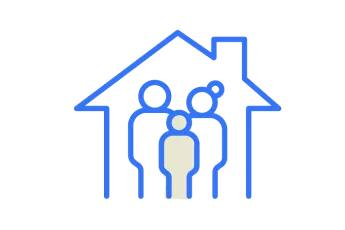
Short-Term Interventions
Short-term interventions that mitigate the need for youth at risk of homelessness to enter homeless systems of care.
Pathway 1: Prevention | The How
p11
Build partnerships in the domains of social determinants of health: education, economic and food security, health, wellness, and community.
p12
Develop and implement international, federal, state, and local homelessness support and affordable housing advocacy platforms.
p13
Host a homelessness convening and learning collaborative annually, first with Covenant House leaders and then beyond.
p14
Design a "train the trainer" curriculum that informs community impact, data informed advocacy, and best practice implementation across pathways.
p15
Develop short-term interventions designed to keep at-risk youth from entering systems of care.
p16
Dramatically increase awareness in communities we serve through robust and deliberate community education campaigns.
p17
Lead the engagement internally and externally to create a unified definition of homelessness.
PATHWAY 2: INTERVENTION
A continuum of data-informed practices and supports that ensure youth homeless experiences are rare, brief, and non-recurring.

Covenant House Program Model
Adoption of the Covenant House Program Model across the federation.

Mental Health and Workforce Development
Increased investment in mental health and workforce development practices that will enable youth people to thrive.

Data, Evaluation, and Research
Use of data, evaluation, and research to inform and adapt practices to produce the best outcomes for youth.
Pathway 2: Intervention | The How
p21
Implement the Covenant House Program Model federation-wide.
p22
Expand trauma-informed and healing practices.
p23
Improve intake assessment practices.
p24
Expand mental health services.
p25
Constantly analyze data to inform and adapt our practices to be most effective.
p26
Expand and increase youth involvement in life skills planning through mentoring and teaching.
p27
Expand data informed practice to create a robust continuum of services and supports within CH and through partnerships with external agencies.
p28
Increase investment in our workforce development programs to ensure youth obtain meaningful and sustainable employment.
PATHWAY 3: RESTORATION
Housing and Healing: Develop an affordable housing and wraparound supports continuum.

Alumni Communities
Development of robust Alumni Communities of support for ongoing connection with youth.

Short-Term Interventions
Grow resources for short-term interventions to keep alumni stably housed in times of crisis.

Affordable for Youth Housing
Develop effective and robust affordable for youth housing for young people exiting to independence.
Pathway 3: Restoration | The How
p31
Develop and implement an affordable housing continuum.
p32
Expand the alumni support network.
p33
Expand aftercare wrap around supports.
p34
Support a youth-centered design model.
p35
Expand and create new strategic partnerships within the social determinants of health.
How We Succeed
We can’t do this work alone.
Covenant House is always expanding our community of supporters and advocates to include individuals, companies, foundations, faith-based organizations, and program alumni. Our most successful partnerships are collaborative and affirm the dignity and wholeness of the journey of each young person at Covenant House.

The Snapshot
A Roadmap to Ending Youth Homelessness
Prevention
1) Advocacy
2) Community education
3) Short-term interventions to prevent system of care entry
Intervention
1) Adoption of the CH program model
2) Mental health and workforce development
3) Use of data, evaluation and research
Aftercare
1) Alumni communities
2) Short-term interventions to prevent system of care re-entry
3) Affordable-for-youth housing
Please Don’t Wait, You Can Change a Young Life Today.
Your gift today will ensure we can continue to fight human trafficking and relentlessly support young people facing homelessness.